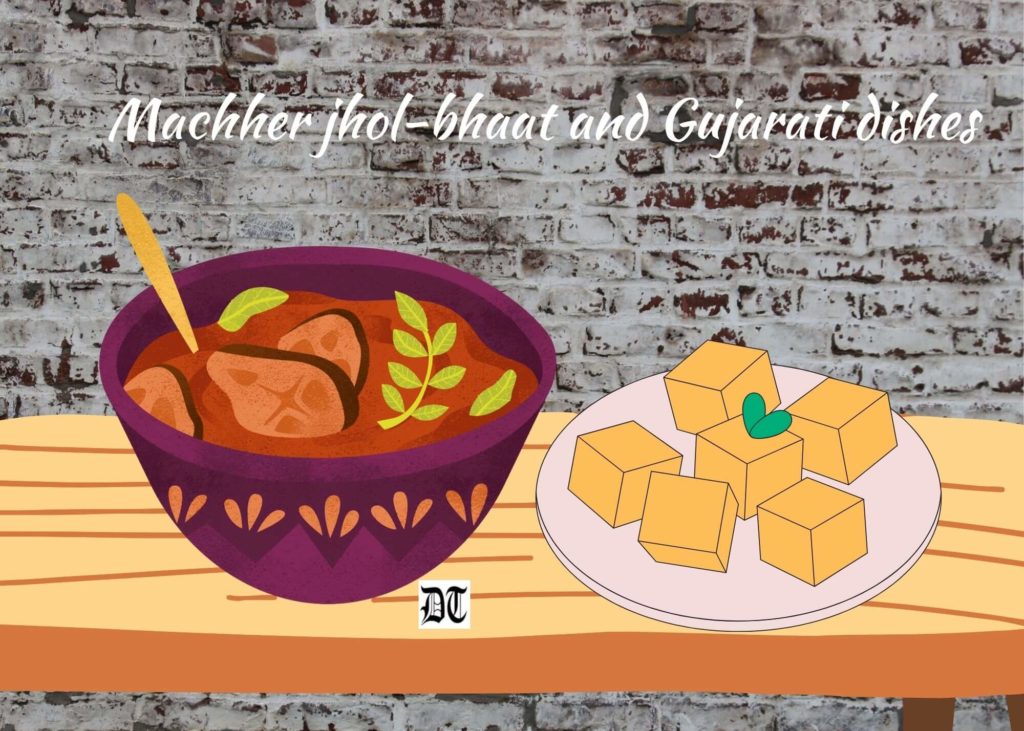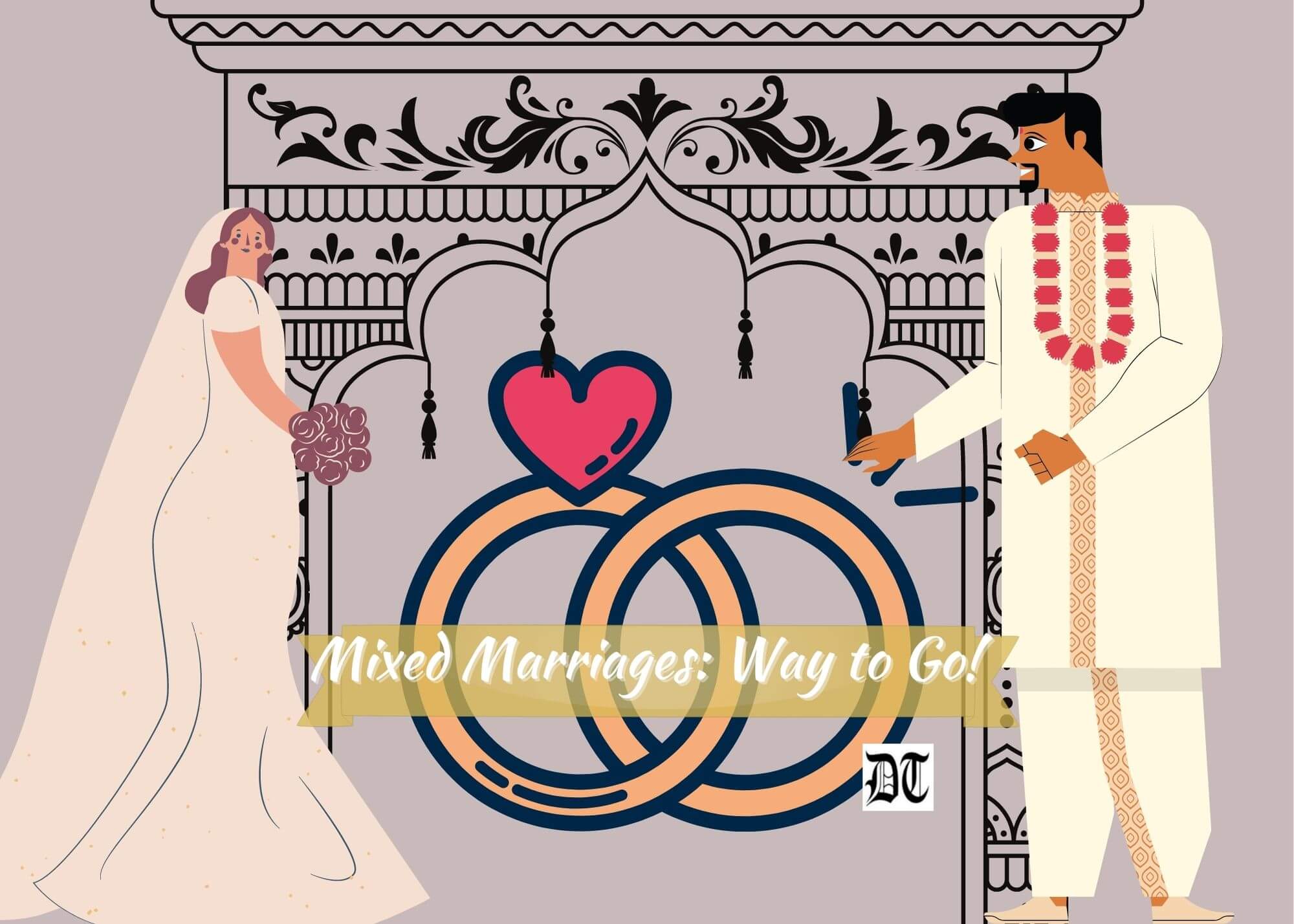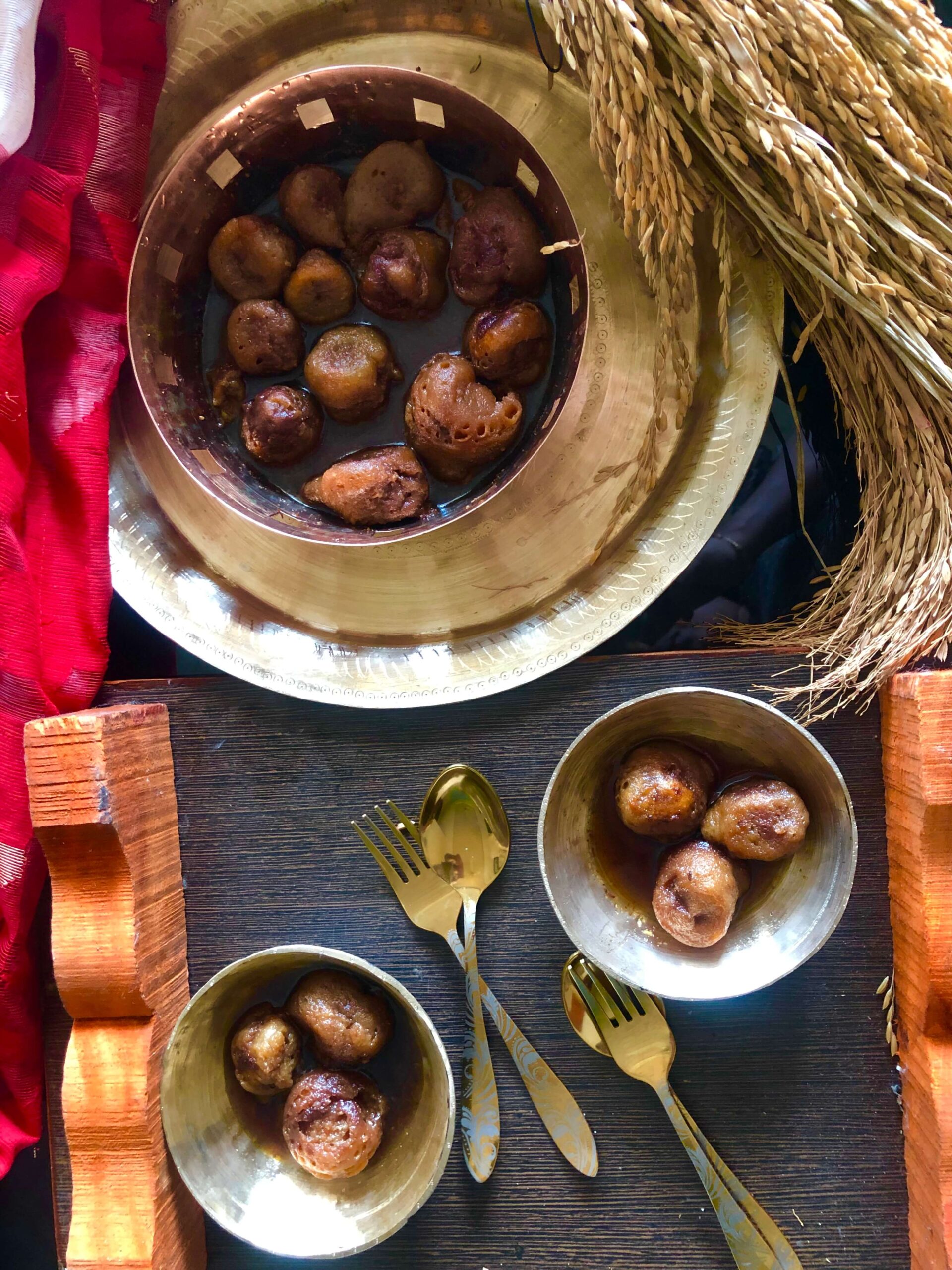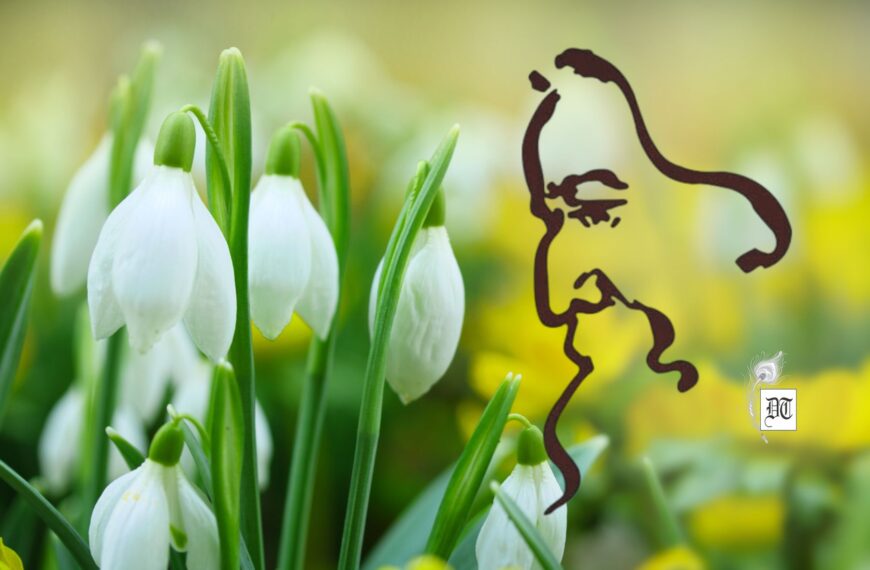Ruchira talks of the boons and banes of mixed marriages. An exclusive for Different Truths.

Thirty-two years ago, Shehnaaz, a Mumbai-based pen-pusher met and fell in love with a Dilip Bagchi, a Bengali babumoshai. Inspite of initial deadlocks, their ties culminated in matrimony. So many years later, they still lead a blissful conjugal life as parents of two meritorious children.
Or take the case of Nisha Koul, another scribe from J&K, who finally walked down the aisle with her media colleague, Joel David, a Tamil Catholic by faith.
For Pune-based academician Rashmi Rane, the ‘marriage with a difference’ with a Punjabi youth was literally a cakewalk, since her father was a senior army officer and her love interest many, many years his junior. This greatly facilitated her to begin her new innings in a familiar environment.
For Pune-based academician Rashmi Rane, the ‘marriage with a difference’ with a Punjabi youth was literally a cakewalk…
One of my nieces, Ritu, who works in a major software company in Bangalore is married to her colleague, a Kayastha hailing from UP, while a cousin, Sonal is wedded to a Jat from UP heartland.
During the mid-80s, when Vanitha, a Telugu speaking Christian got hitched to Dr Harish Garg, a Jain by faith, and a Haryanvi by birth (he happened to be her brother’s friend), people on both sides were stunned beyond measure. Such an alliance was unheard of! But the duo couldn’t care less. And they went on to lead a peaceful domestic life, raised children and got them duly settled.
Pritha Goswami, another media employee, eloped with her college batchmate, Fahim Siddiqui…
Pritha Goswami, another media employee, eloped with her college batchmate, Fahim Siddiqui, from Guwahati to Delhi. Here she changed her faith followed by an exchange of vows. Thirteen years down the line, they are carrying on pretty despite minor hiccups.
That’s an impressive list, I guess.
Now, what are the advantages of such mixed marriages? Nisha says gleefully, “Well, for one, the issue of dowry does not crop up at all. It’s indeed a blessing to be able to sidestep this malaise.” She adds, as an afterthought, “The family members and relatives of the groom try to be on their best behaviour, exhibit politeness as far as possible. They fear that any faux pas on their part might tarnish the entire community’s image.”
My cousin, Sonali, feels it’s great fun getting married via two distinct sets of rituals…
My cousin, Sonali, feels it’s great fun getting married via two distinct sets of rituals, following quaint customs traditions, et al. “One also gets to learn new languages, get accustomed to cooking /eating new types of dishes and so forth.”

However, it is not roses, roses, all the way for such “mixed pairs”. There is no dearth of individuals on both sides, who regard such couples with suspicion, often passing snide comments as to how things might have been better and easier had not their “ward” married outside their respective communities. Sonali and Ritu agree that many times in-laws become thorns in the flesh. Therefore, it is advisable to maintain a (superficially) cordial and polite ties with them.
… what makes such a wedlock tick? Pritha says acceptance of each other’s divergent cultures and background is the key factor.
All said and done, what makes such a wedlock tick? Pritha says acceptance of each other’s divergent cultures and background is the key factor. Each one must endeavour to iron out the creases and evolve a new path to tread on. For Fahim’s sake she studied the Holy Koran. On his part, Fahim participates in Durga Puja with great gusto, besides enjoying Bihu festivities.
Shehnaaz dutifully sports sankha-pola (red & white bangles), signature elements of Bengali matrimony. She samples machher jhol-bhaat and Gujarati dishes with equal elan. It was interesting and surprising to observe that all the women in question unanimously opined that it was the couples’ mutual love, faith and understanding that helped them surmount all obstacles.
Interfaith or interstate alliances, particularly during the independence struggle are all too well-known. However, I personally feel, given the present circumstances, where the social fabric of our land is being torn asunder by the obnoxious “caste” factor, such alliances are likely to provide the much-needed healing balm.
Visual by Different Truths







 By
By
 By
By